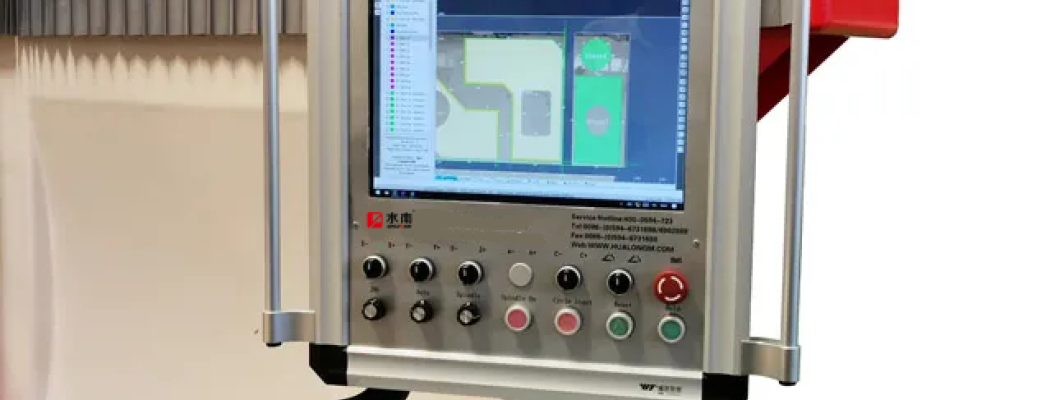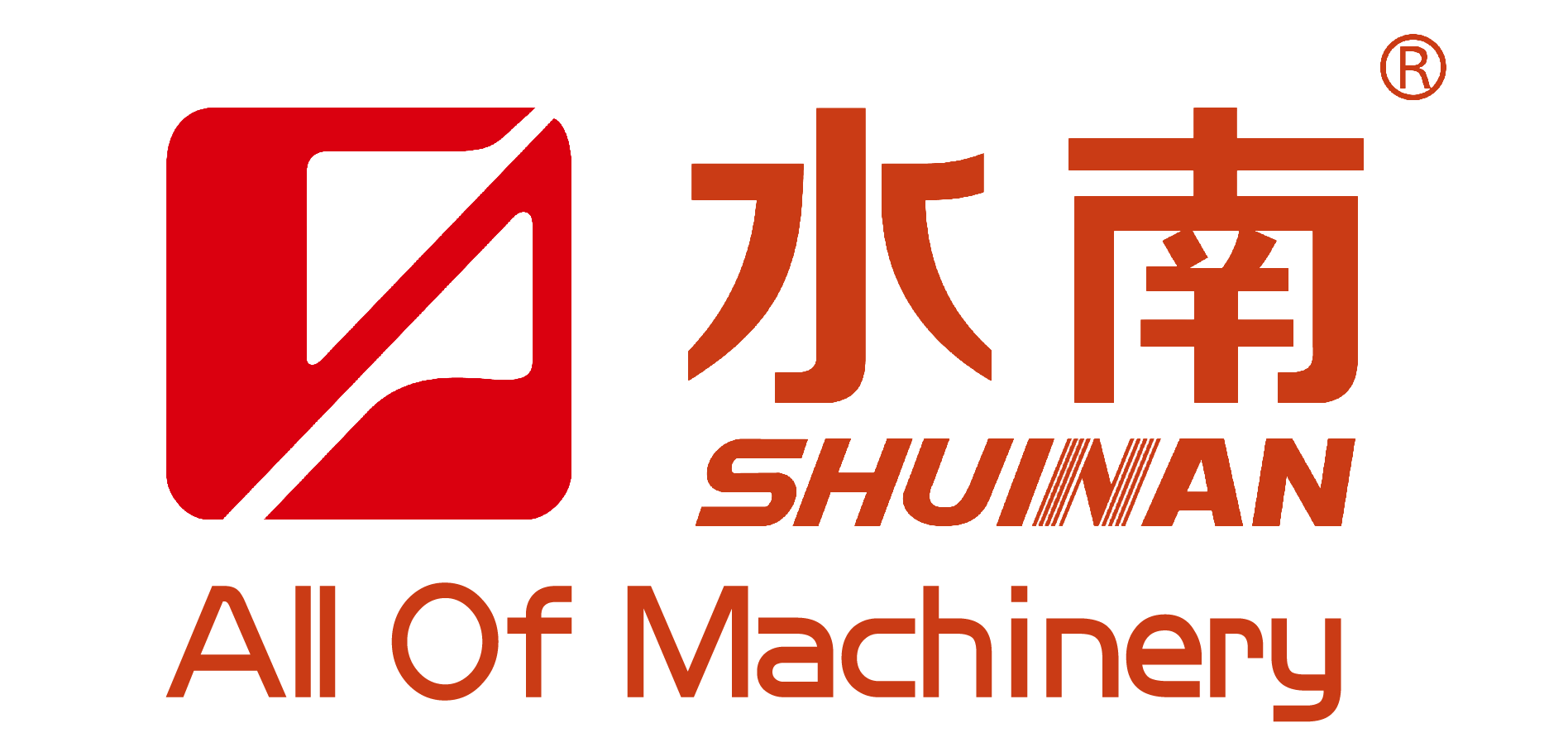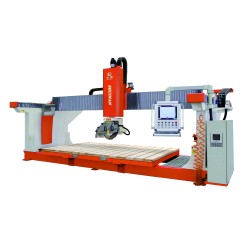
How to Reduce Energy Use on a 5-Axis CNC Bridge Saw
Improving the energy efficiency of a 5-Axis CNC bridge saw is good for the planet and your bottom line. As a supplier at Shuinan Machinery, we’ve distilled field-proven methods that lower kWh per part while preserving accuracy and throughput.
1) Where The Power Goes
A typical bridge saw’s energy draw is concentrated in four areas:
- Spindle — highest continuous load during cutting.
- Servo axes — dynamic moves, positioning and rapid traverses.
- Pumps & auxiliaries — coolant/water, vacuum, hydraulics.
- Controls & peripherals — CNC, HMIs, lighting, conveyors.
Understanding this split helps you pick the right optimizations.
2) Quick Wins (Low Cost, Fast Payback)
- Enable auto-standby/auto-shutdown when idle; avoid running pumps and spindle at no-load.
- Right-size pump pressure/flow to the job instead of “always max.”
- Use variable frequency drives (VFDs) on pumps/fans so they scale with demand.
- Batch jobs to reduce warm-up/cool-down cycles and fixture changeovers.
3) Choose the Right Machine & Options
When specifying equipment, avoid oversizing. Look for:
- IE3/IE4-grade motors for spindle and pumps.
- High-efficiency servo drives with energy recovery (regenerative braking).
- Lightweight moving structures to reduce acceleration loads.
- Sealed, low-friction guides and optimized lubrication systems.
Shuinan Machinery can configure energy-efficient motor/drive packages to match your slab sizes and cycle profiles.
4) Optimize Cutting Parameters
Toolpath choices strongly affect energy per cut:
- Use data-driven feeds/speeds to minimize time-in-cut without overloading the spindle.
- Prefer constant chip load strategies; avoid aggressive depth that forces pump/spindle peaks.
- Shorten rapids and air-cuts via nesting and sequencing of parts on the slab.
- Adopt adaptive strategies for variable thickness or hard inclusions to prevent current spikes.
5) Tooling & Coolant Efficiency
- Select low-cutting-force blades matched to granite/marble/quartz; sharp tools cut faster with less amperage.
- Maintain coolant cleanliness; clogged lines raise pump load and heat.
- Use closed-loop water recycling with proper filtration to stabilize flow and reduce pump energy.
6) Preventive Maintenance That Saves kWh
- Keep ways and ballscrews aligned and lubricated to cut friction losses.
- Replace worn belts/bearings; drag adds current draw and heat.
- Verify phase balance and power quality; poor power factor costs money.
- Calibrate pumps and regulators so “setpoint drift” doesn’t inflate usage.
7) Smart Controls & Energy Management
- Log kWh per job and per material to identify high-cost recipes.
- Schedule heavy cuts on off-peak tariffs where available.
- Integrate MES/CNC dashboards to surface idle time, air-cuts, and standby leakage.
- Use power caps (soft limits) for non-critical operations to avoid peak demand charges.
8) Facility-Level Measures
- Add on-site solar or green PPAs to decarbonize consumption.
- Upgrade compressed air (if used) for leaks and pressure optimization.
- Improve lighting with LEDs and task lighting near the saw.
9) Train Operators for Energy-Aware Running
- Standardize setup and warm-up to avoid unnecessary spindle/pump time.
- Educate on blade selection, feeds/speeds, and coolant flow targets.
- Encourage reporting of abnormal vibrations/heat that often signal energy waste.
10) Complementary Equipment Choices
Pairing your saw with efficient equipment can multiply savings:
- Water recycling/clarifiers that match peak flow reduce pump load and water bills.
- Efficient finishing cells (e.g., countertop or sink cut-out stations) to shorten total line time.
Environmental & Business Benefits
Lower energy per slab means fewer emissions, reduced operating cost, and more stable process temperatures—often improving cut quality and tool life.
Checklist: Track These KPIs
- kWh per slab (by material and thickness)
- Average spindle current in cut
- Pump power vs. flow/pressure setpoints
- Idle/standby percentage of shift
- Tool life (m² per blade) vs. energy used
Conclusion
Energy optimization is a series of small, compounding wins—right-sized hardware, smarter toolpaths, disciplined maintenance, and engaged operators. Shuinan Machinery can help you specify efficient motor/drive options, tune process parameters, and design closed-loop water systems that cut both kWh and operating costs.
Contact Shuinan Machinery
Want a tailored energy-saving plan for your 5-Axis CNC bridge saw and supporting line? Message us on WhatsApp and we’ll size the solution to your throughput and materials.



Leave a Comment